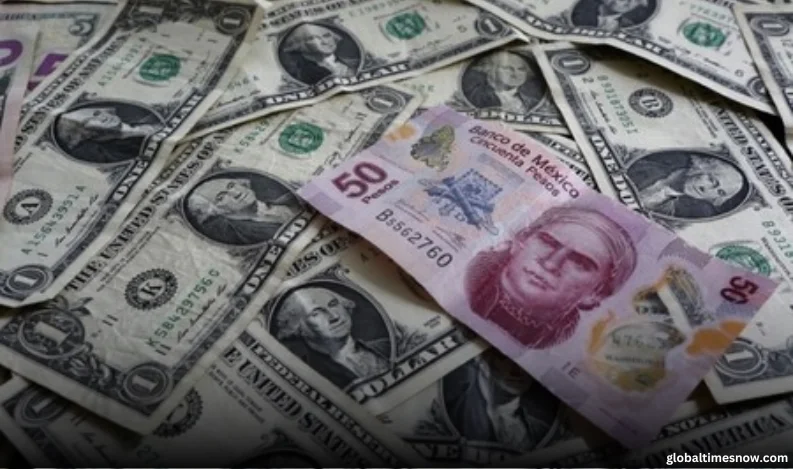TORONTO – The Canadian dollar weakened to its lowest level in a month on Tuesday following the escalation of a trade war with the United States. Investor concerns over potential economic damage and expectations of further interest rate cuts by the Bank of Canada (BoC) contributed to the currency’s decline.
The loonie fell 0.2% to 1.4510 per U.S. dollar (68.92 U.S. cents), after touching its weakest intraday level since February 3 at 1.4543.
U.S. Tariffs Spark Retaliatory Measures from Canada
Tensions escalated as U.S. President Donald Trump imposed a 25% tariff on Canadian goods, prompting Canadian Prime Minister Justin Trudeau to condemn the move as "a very dumb thing to do."
Trudeau confirmed that Ottawa would retaliate immediately with countermeasures to protect Canada’s economy and trade interests. However, Trump has signaled even higher tariffs could be introduced, referring to the planned implementation of “reciprocal tariffs” on April 2, which will target global trading partners.
“This is only the first shot of the tariffs. There is more pressure coming to bear,” said Marc Chandler, Chief Market Strategist at Bannockburn Global Forex LLC. “This is going to force the Bank of Canada to cut rates next week.”
Bank of Canada Expected to Cut Rates Amid Uncertainty
Market analysts now see a 90% probability that the Bank of Canada will reduce its benchmark interest rate by another 25 basis points during its next policy meeting on March 12.
The BoC had already lowered its key interest rate to 3% in January in an effort to stimulate the economy, and further reductions may follow as Canada navigates the fallout of rising trade tensions.
Impact on Canada’s Markets and Economy
Oil Prices Drop
Canada’s energy sector also felt the impact, with oil prices slipping by 0.2% to $68.25 per barrel, following reports that OPEC plans to increase output in April. Since oil is one of Canada’s major exports, any decline in crude prices puts additional downward pressure on the loonie.
Bond Market Reaction
Canadian bond yields were mixed as the yield curve steepened. The 2-year bond yield fell 4.1 basis points to 2.436%, its lowest level since April 2022, reflecting increased expectations of monetary easing by the central bank.
What’s Next?
As the trade dispute intensifies, Canada’s economy faces significant headwinds, particularly in its manufacturing and export sectors. If the Bank of Canada proceeds with another rate cut, the loonie could experience further declines in the coming weeks.
With global trade relations at a critical juncture, markets will be closely watching developments between Canada and the U.S., as well as the potential impact of Washington’s April 2 tariff measures.























